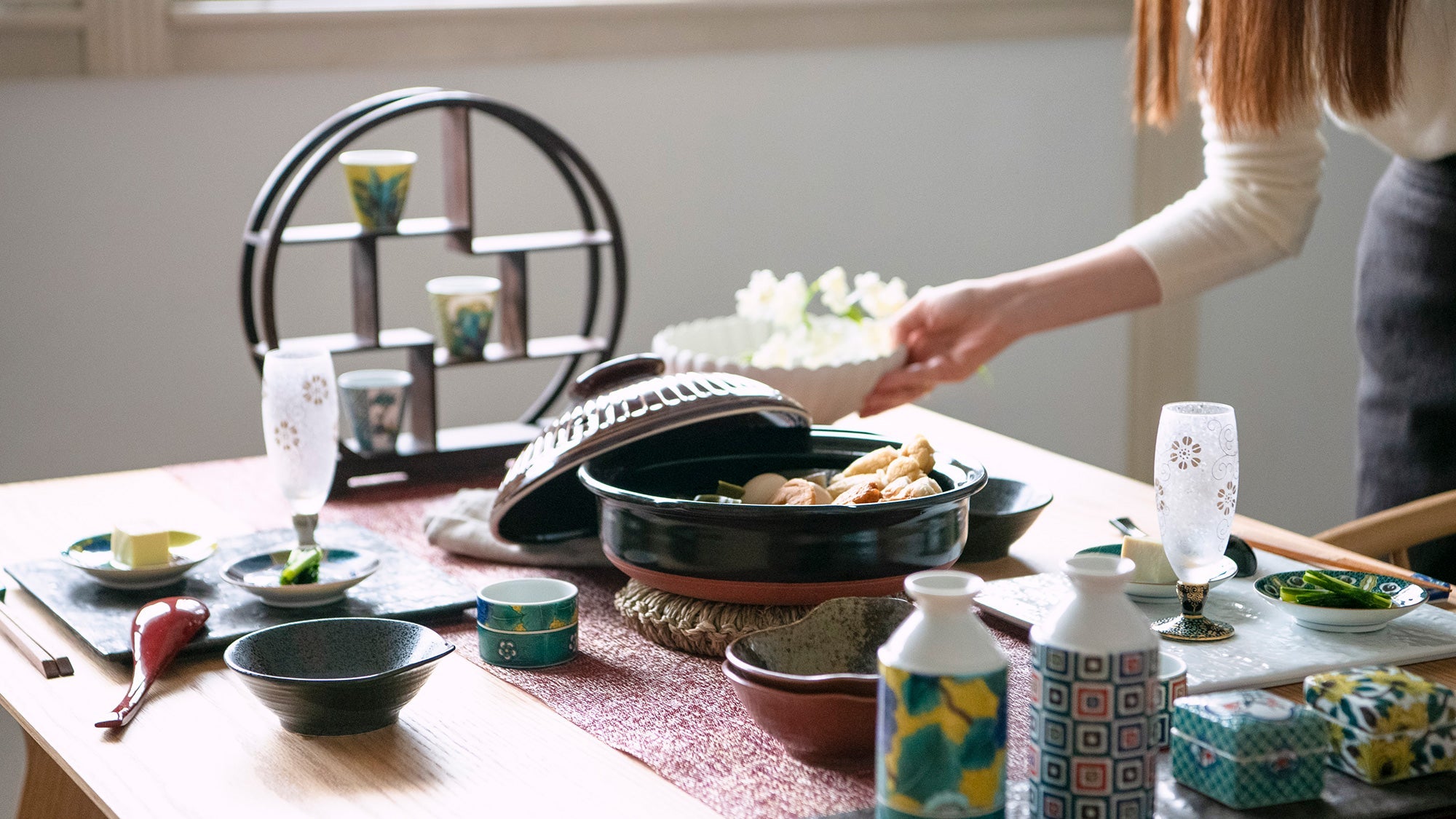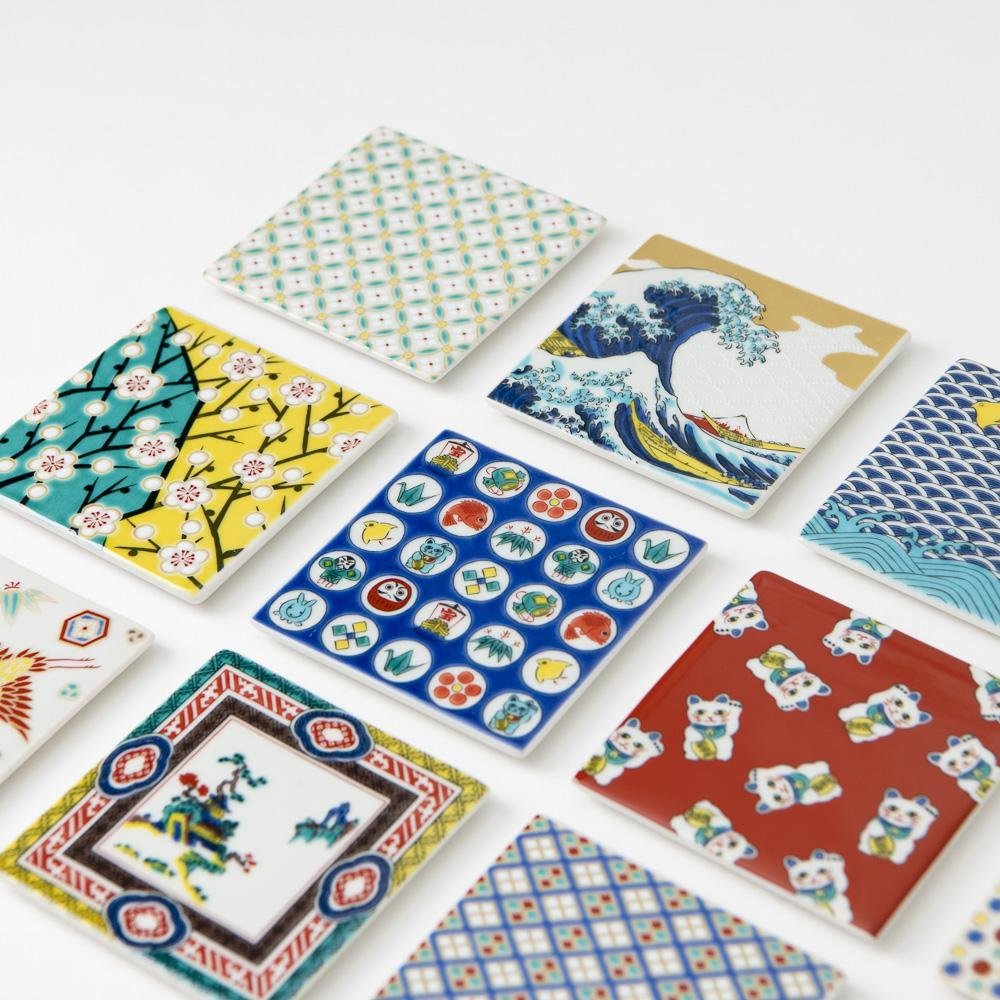
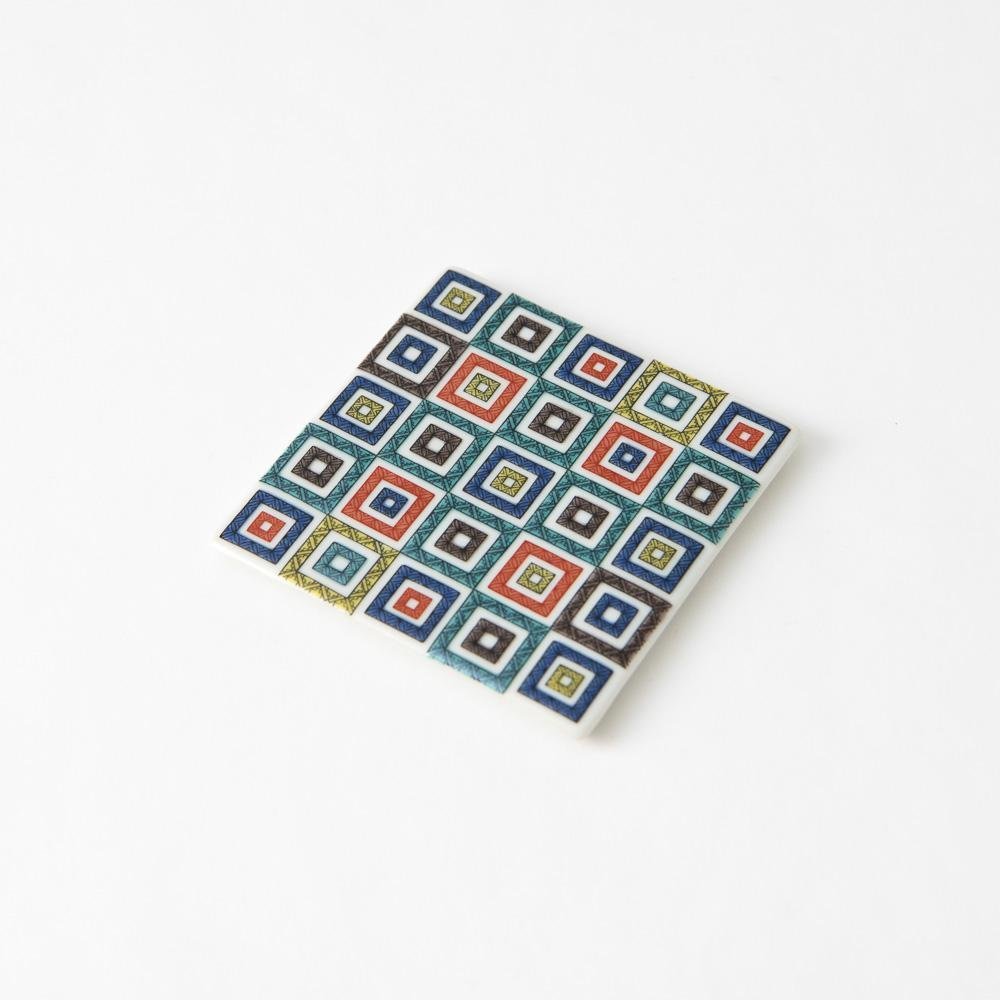
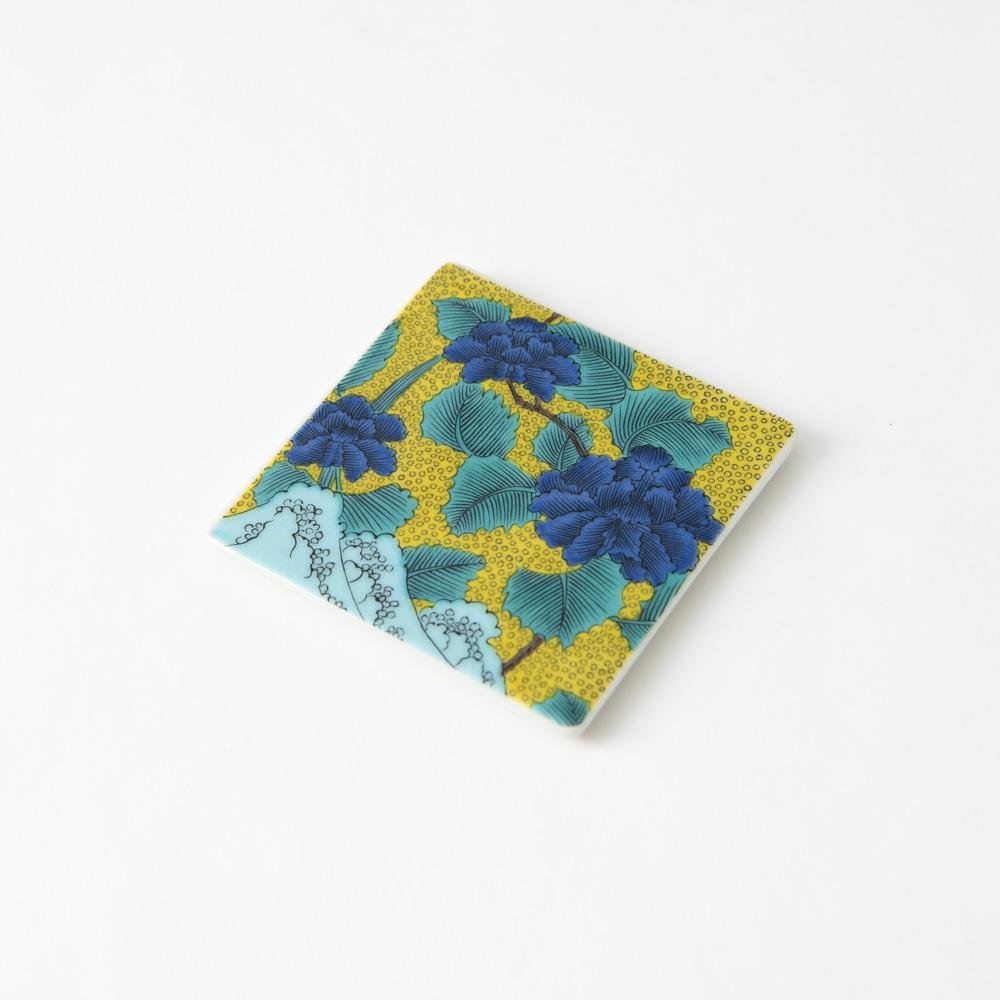
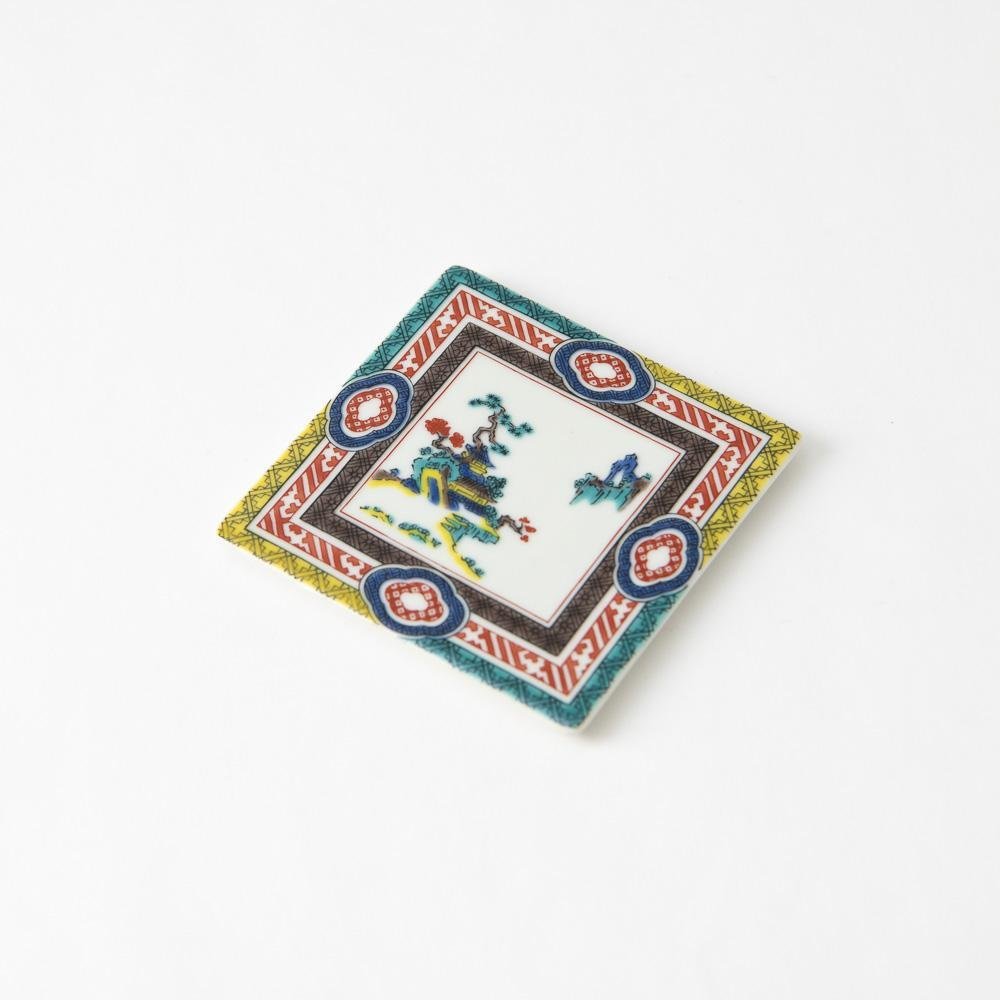
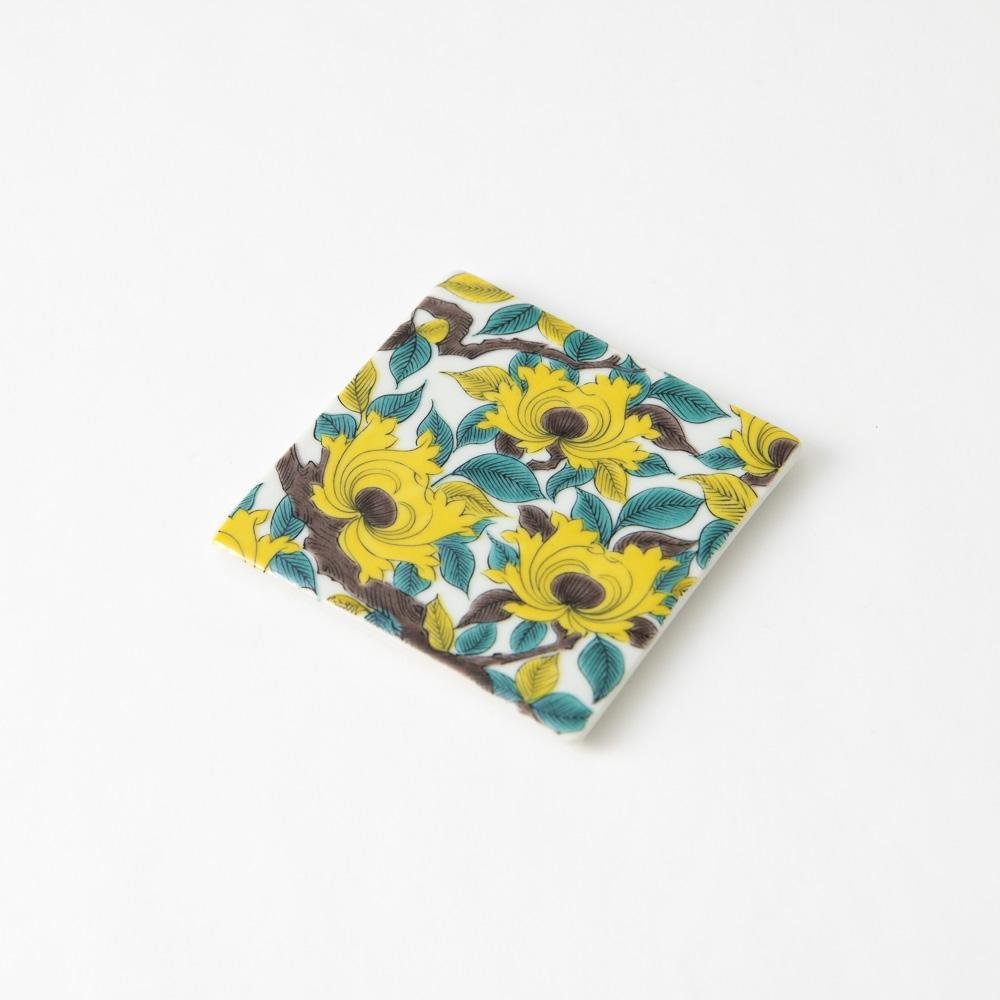
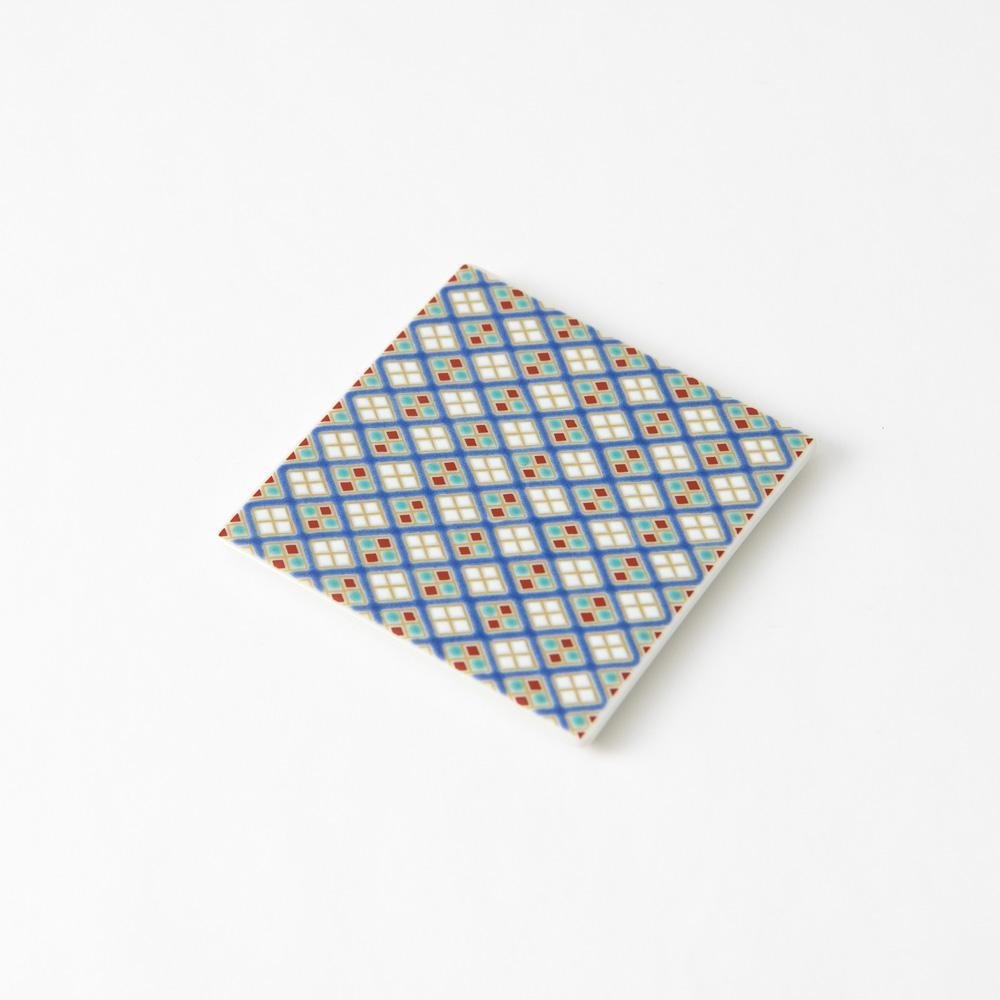
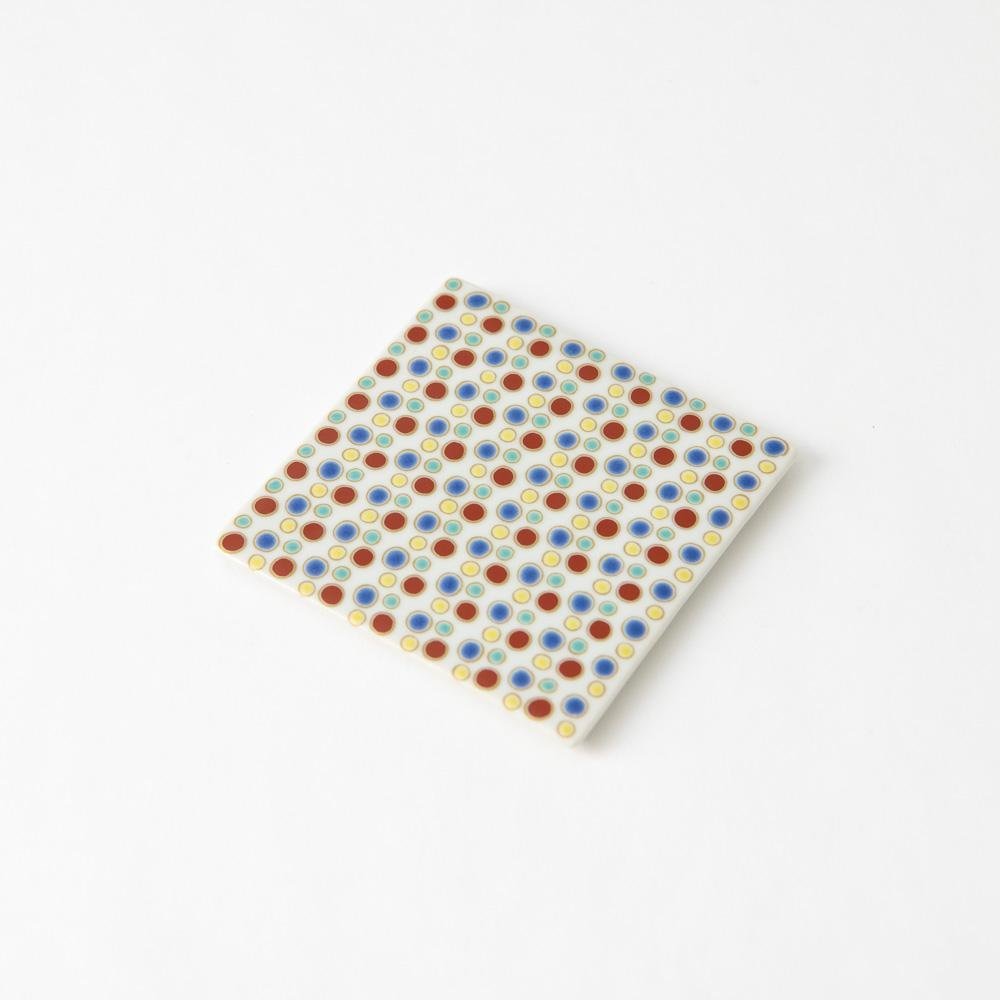
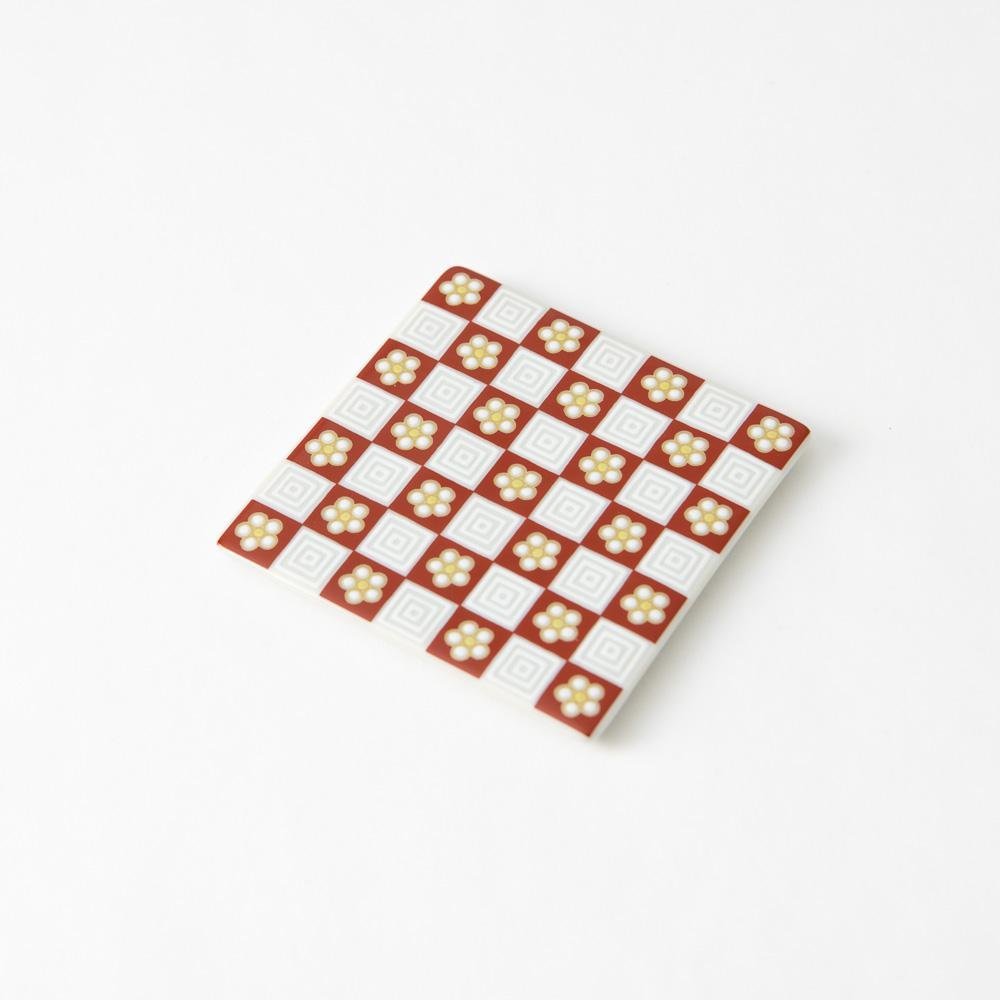
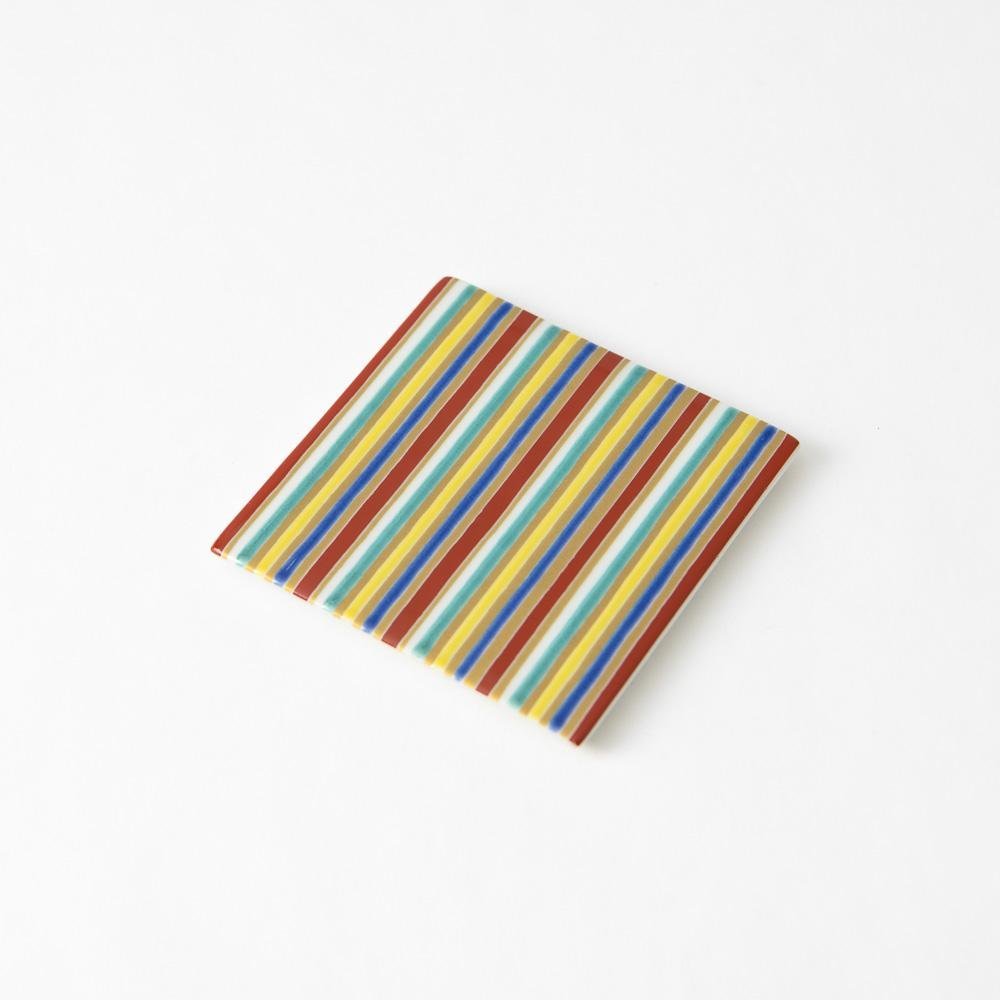

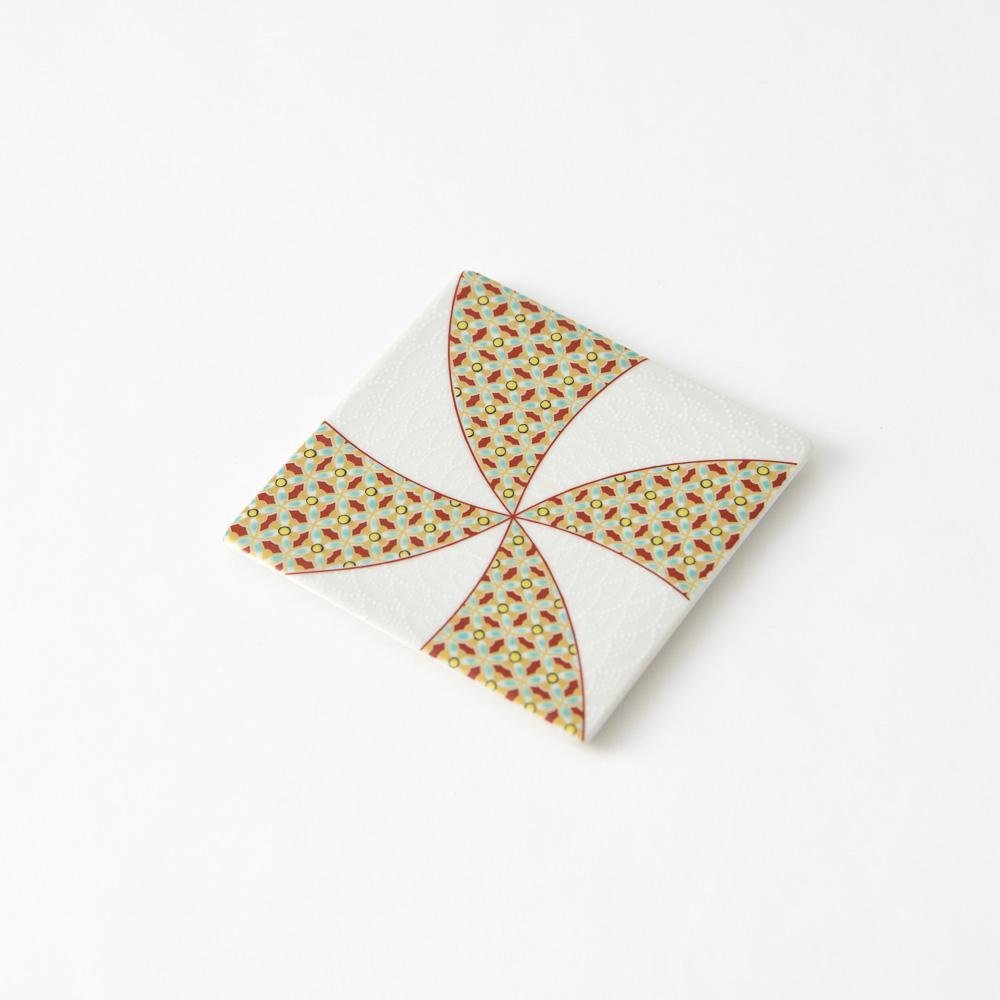

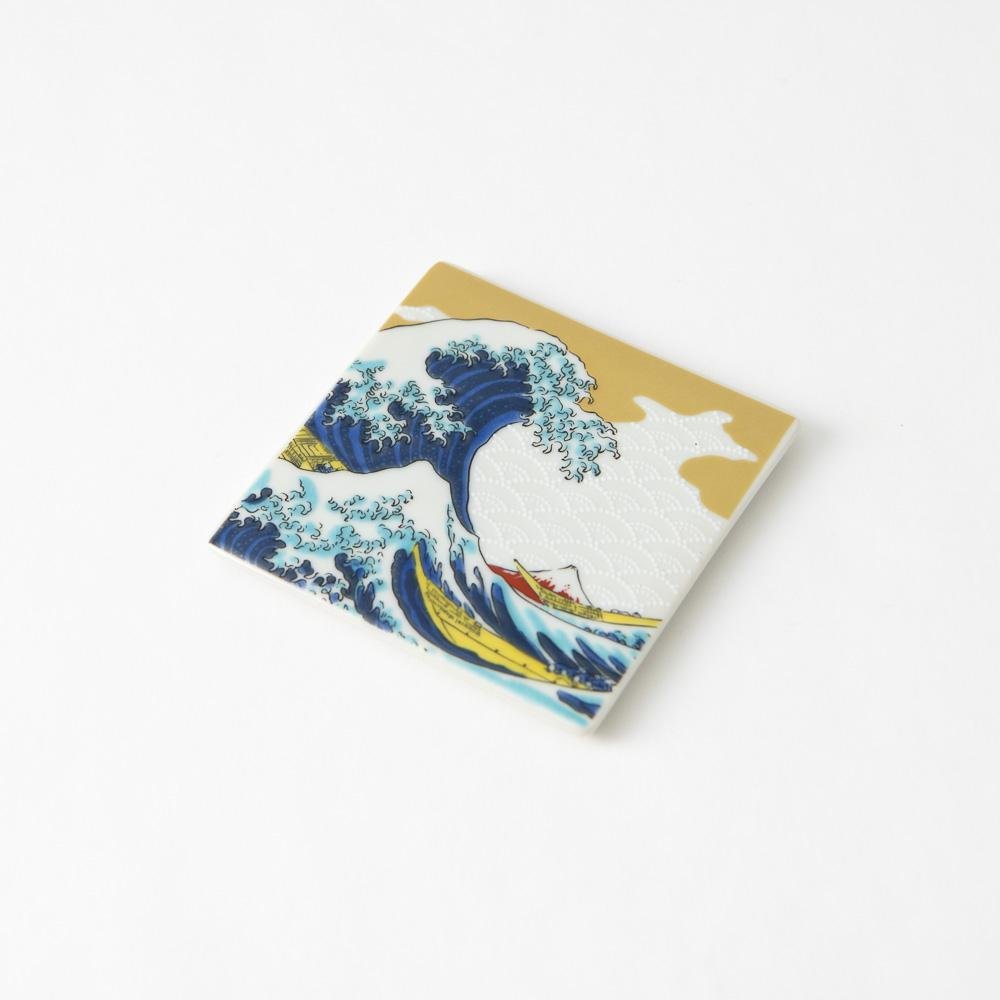
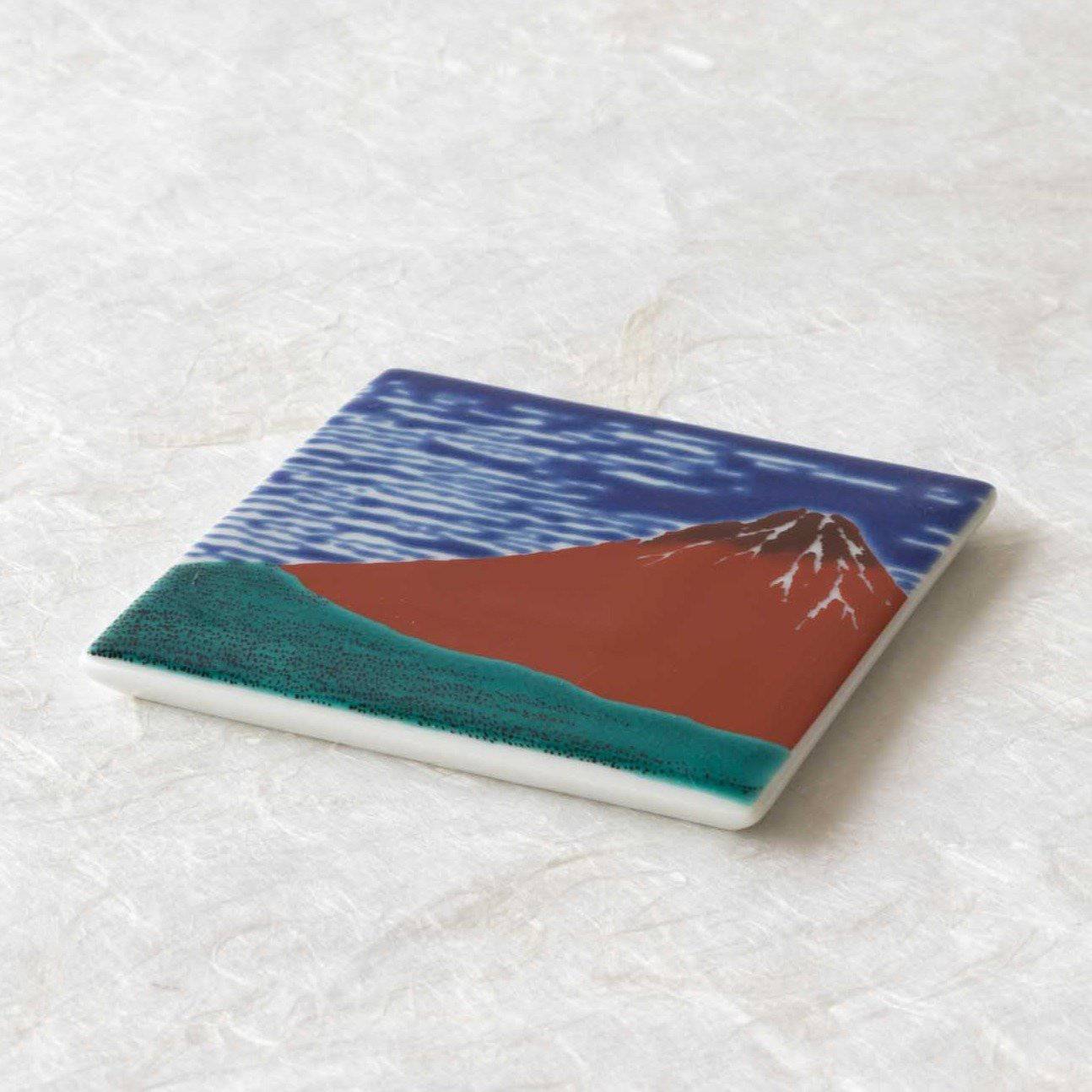
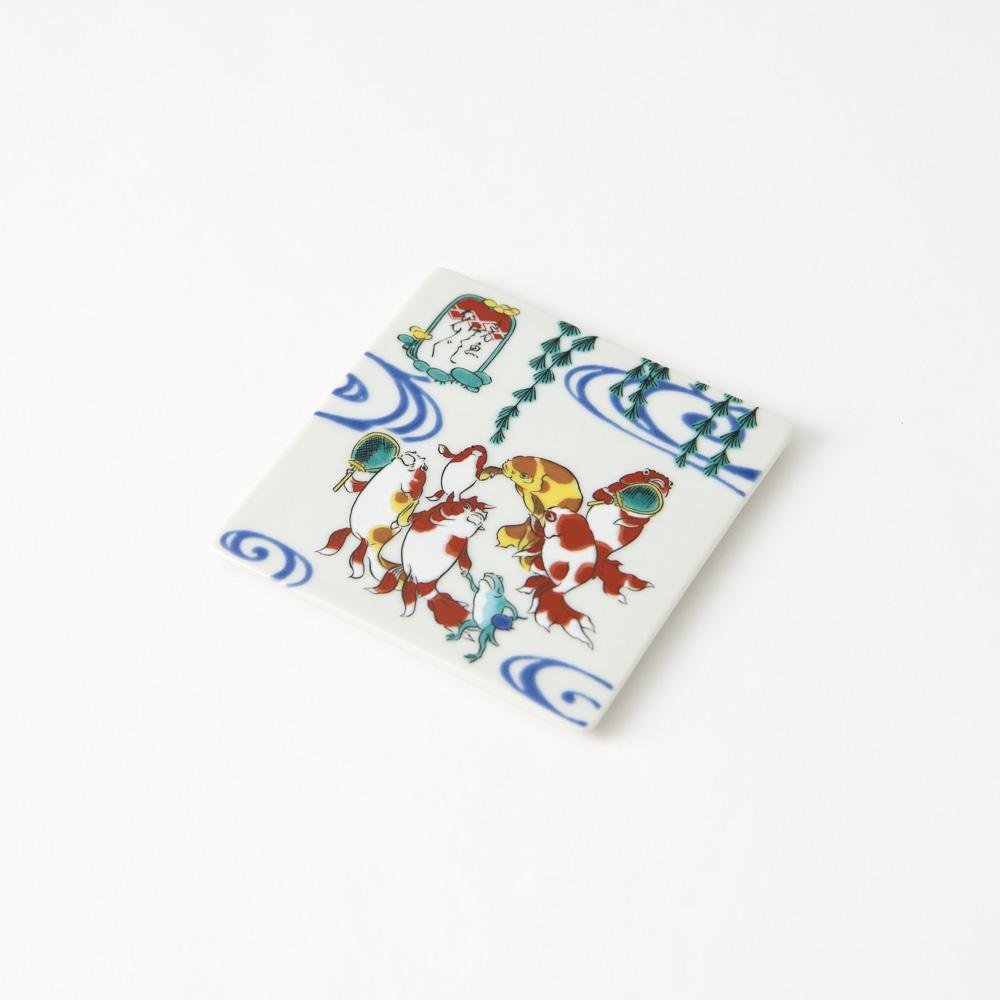

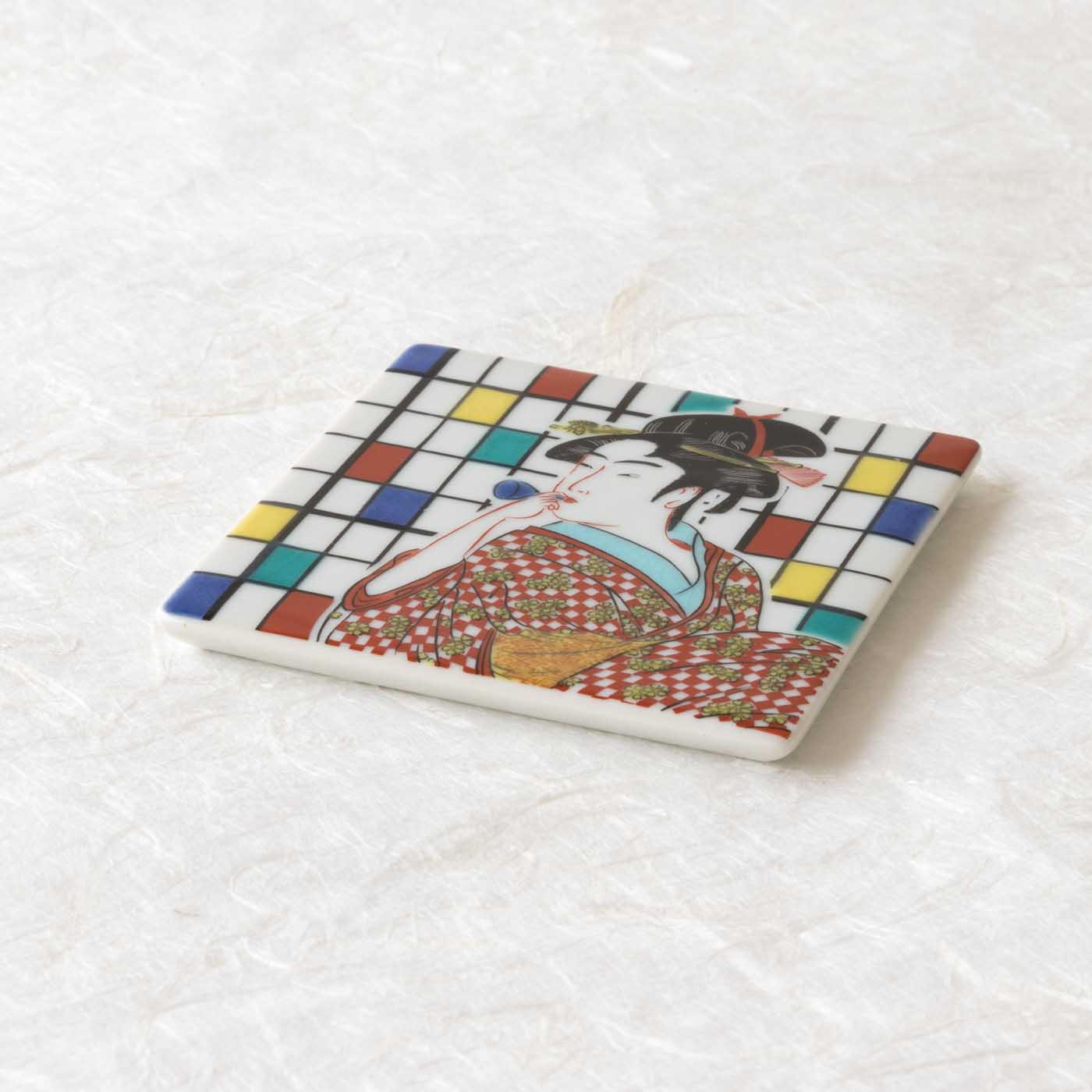
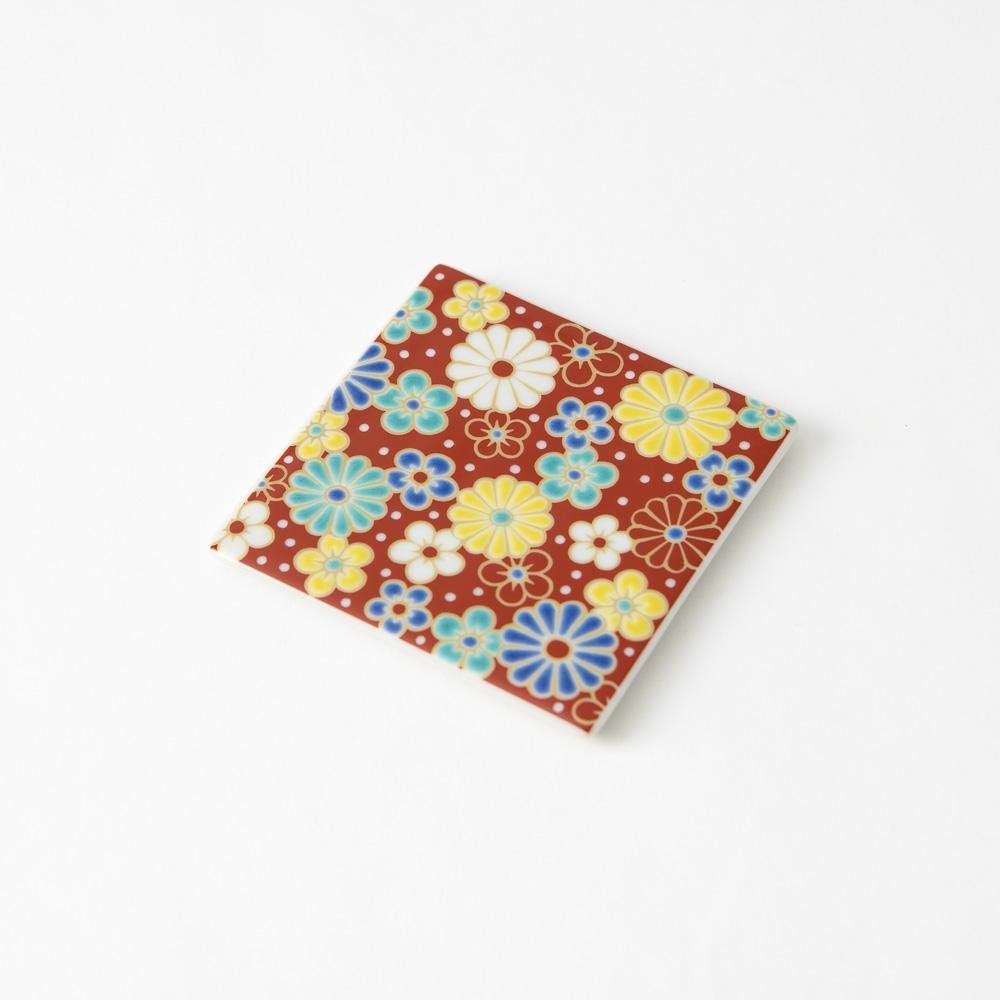
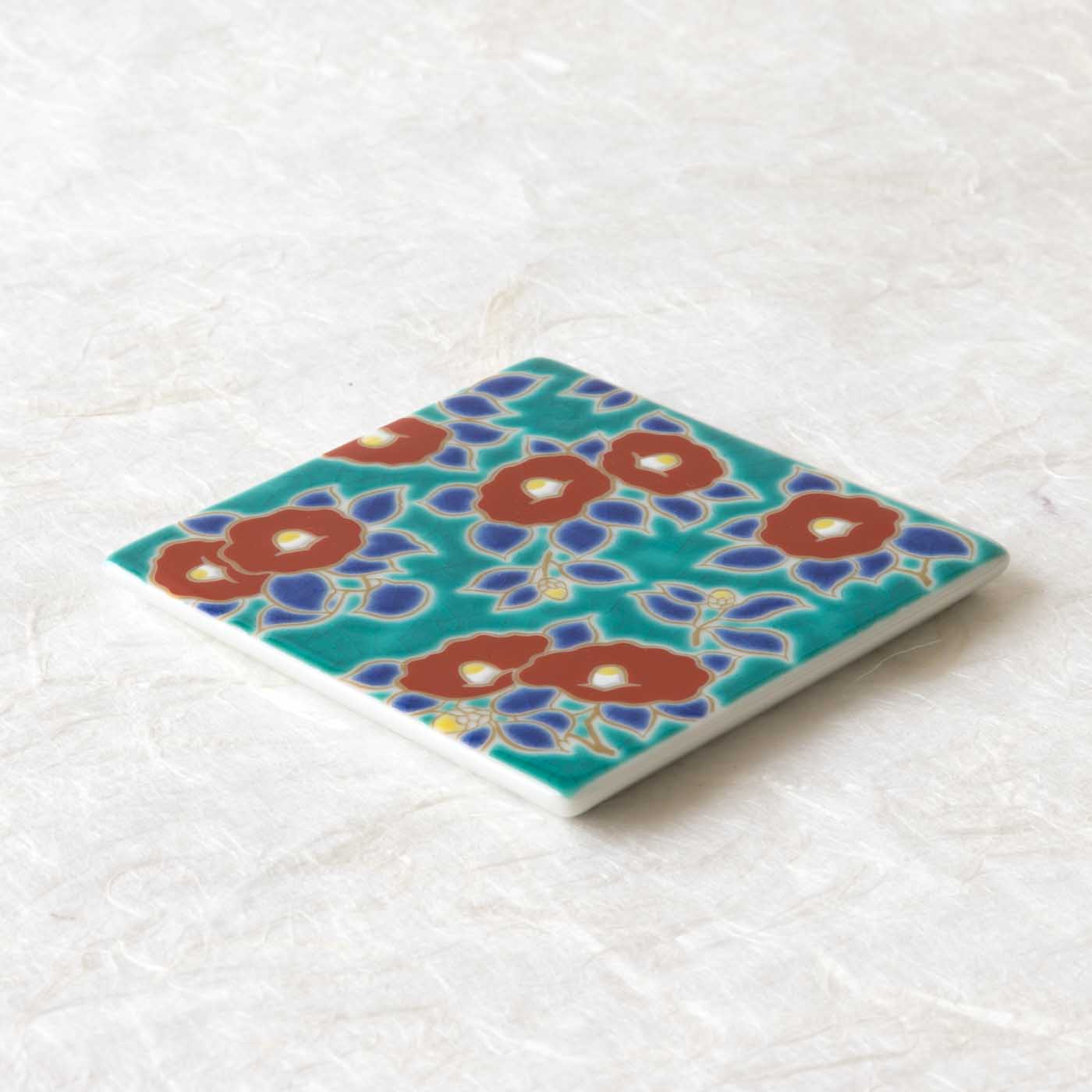
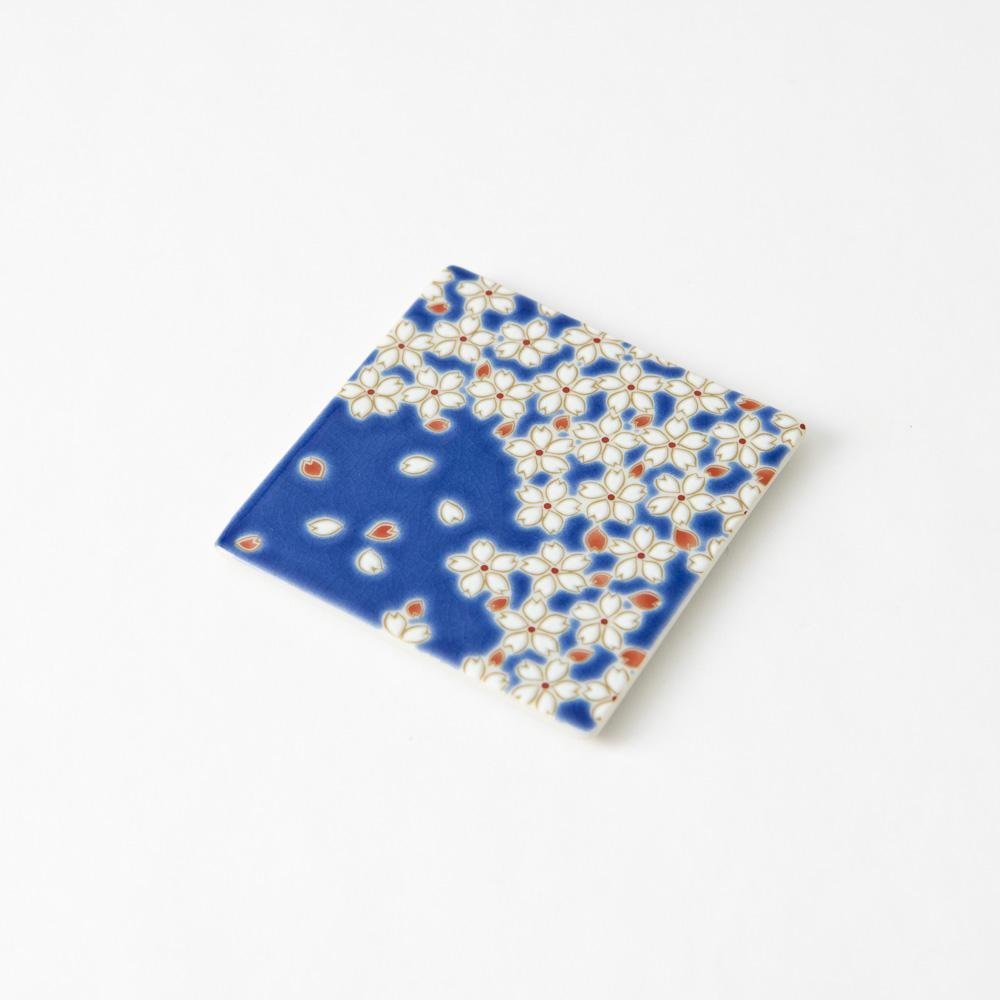
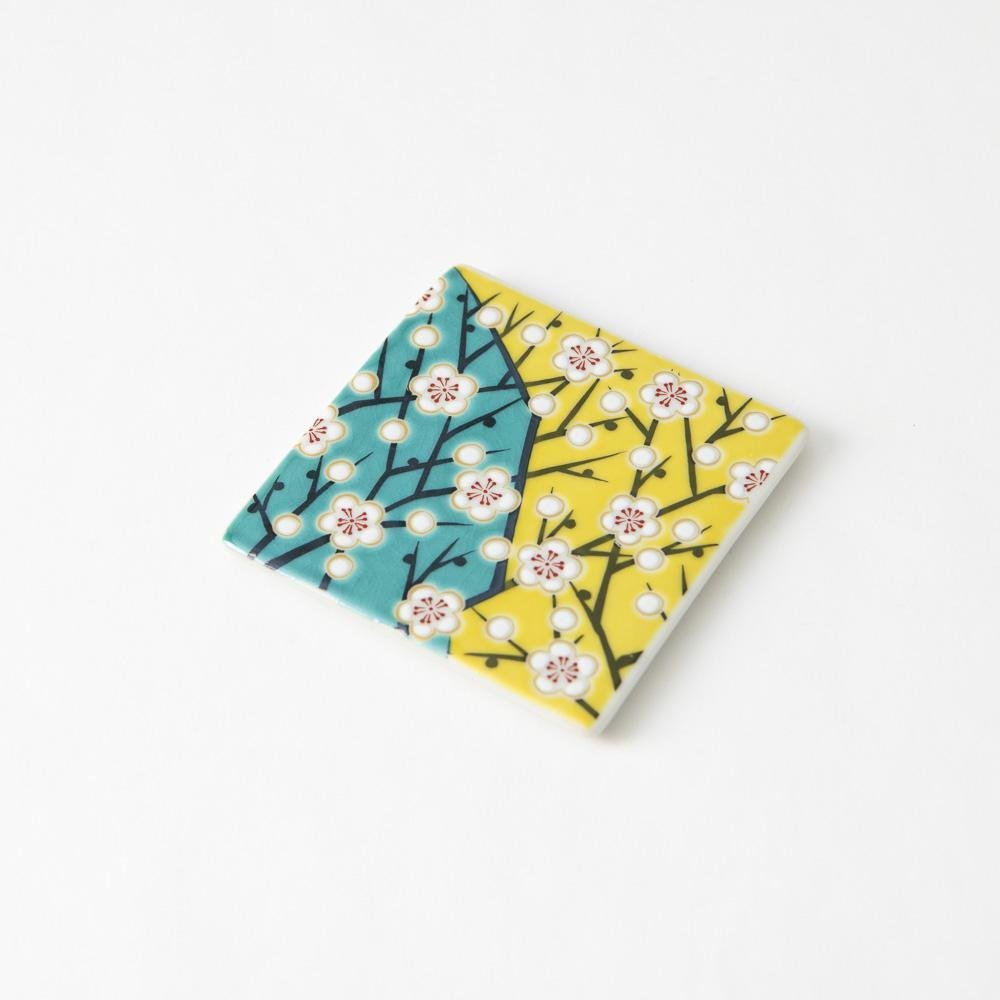
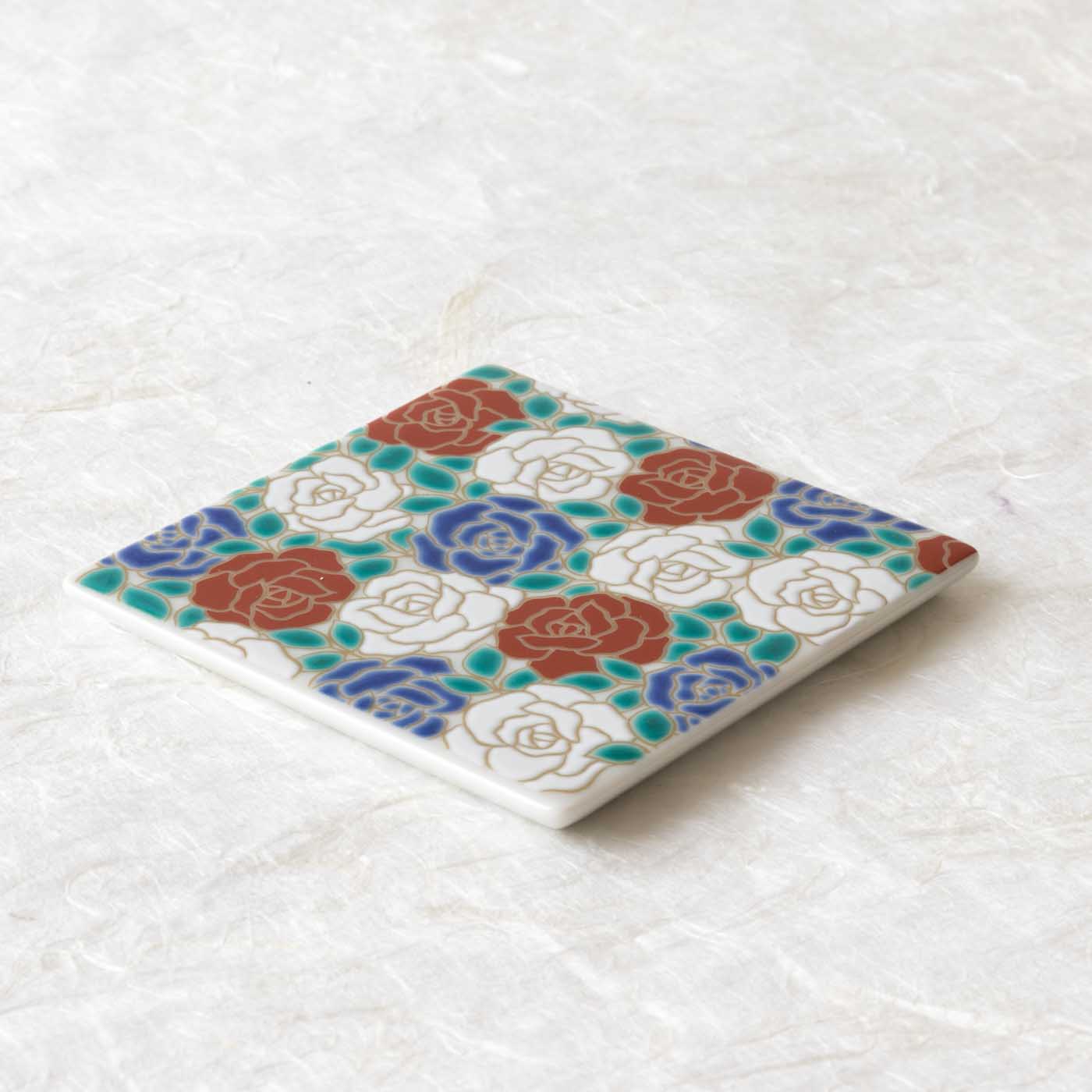
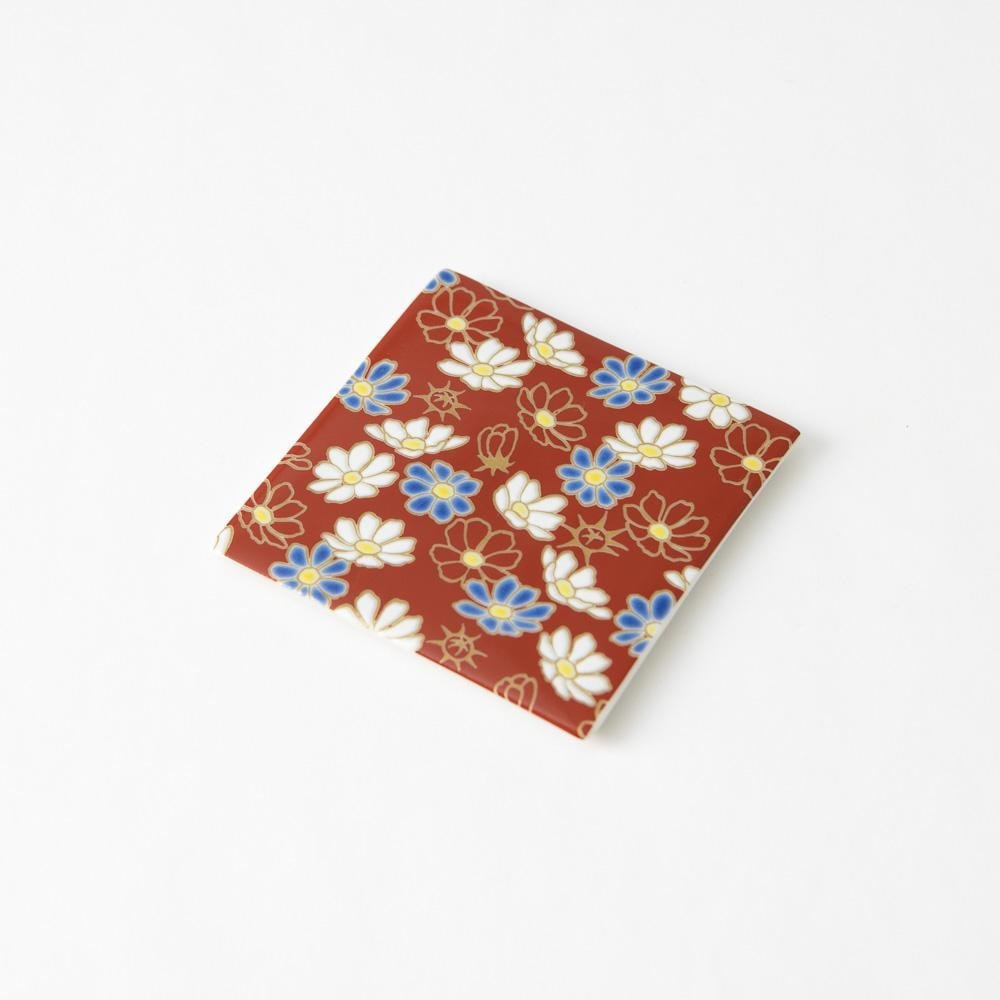
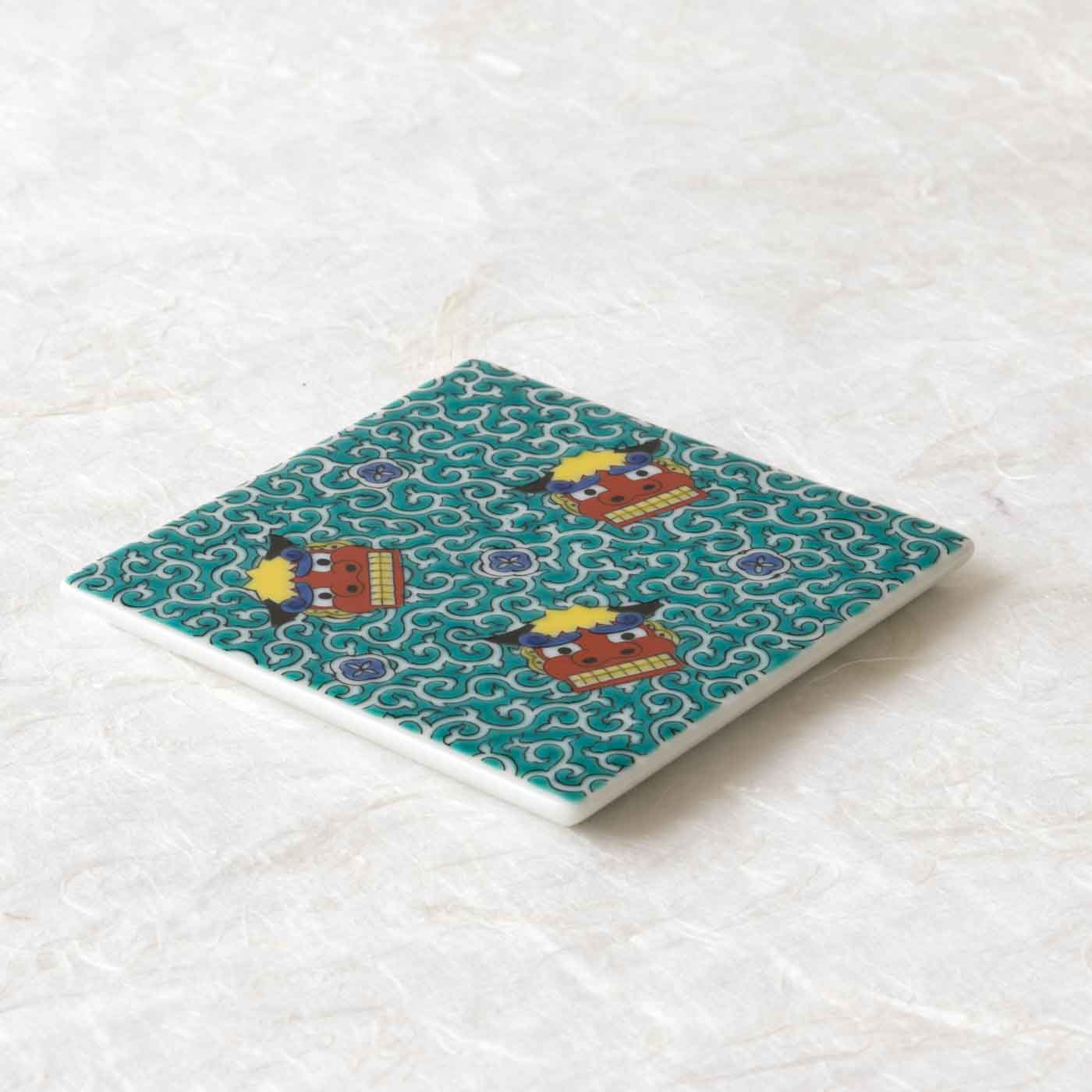
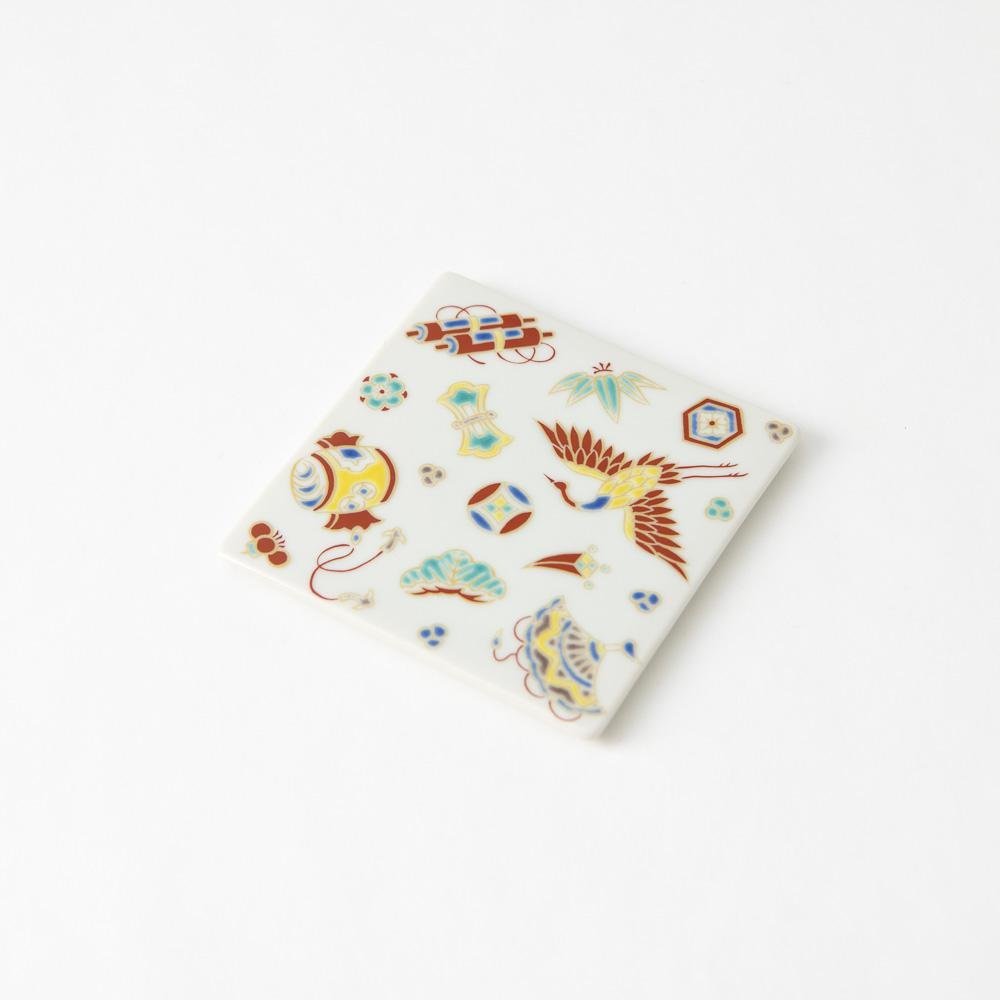
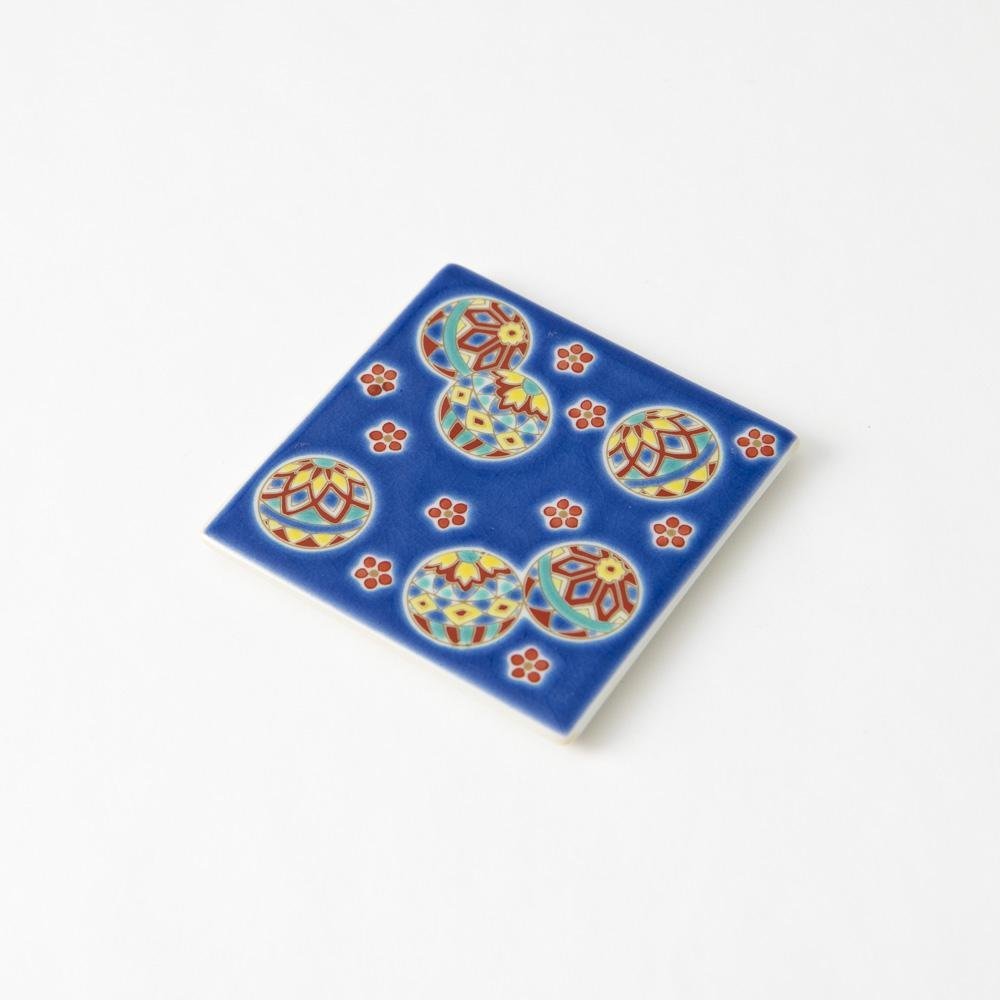
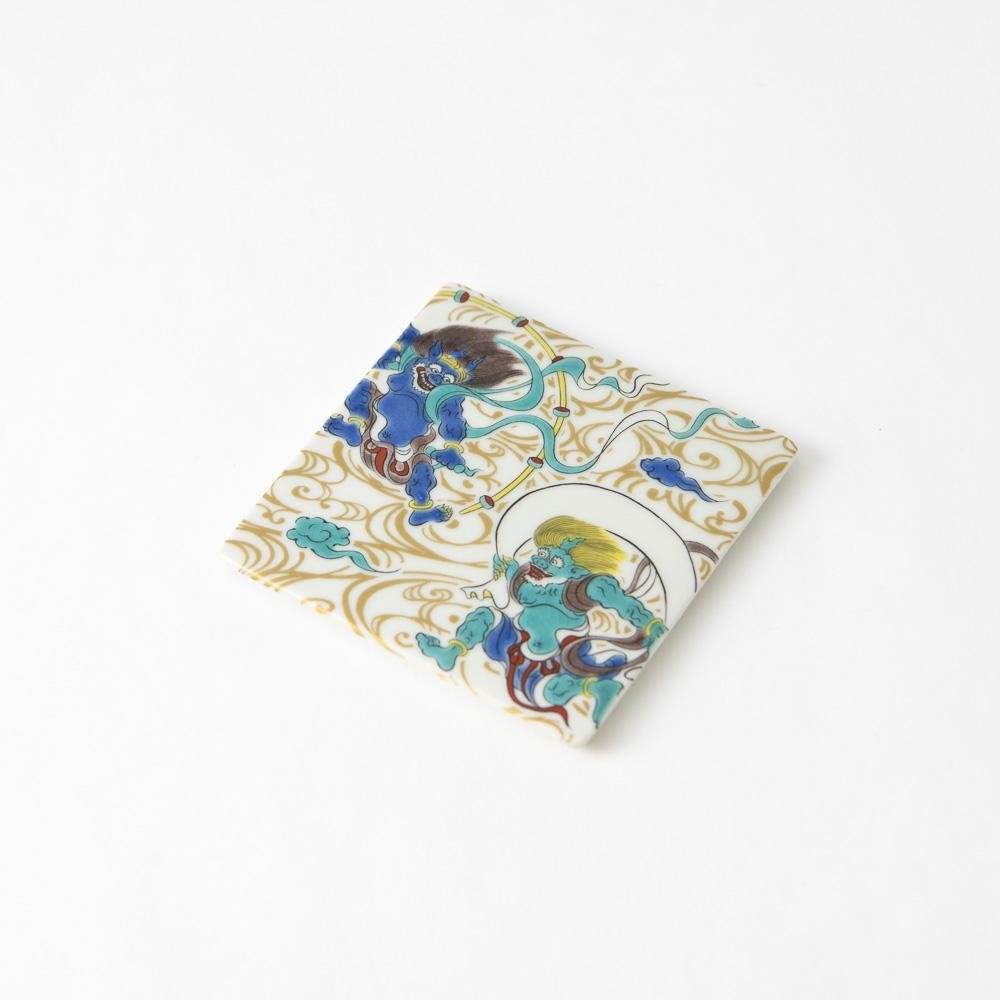
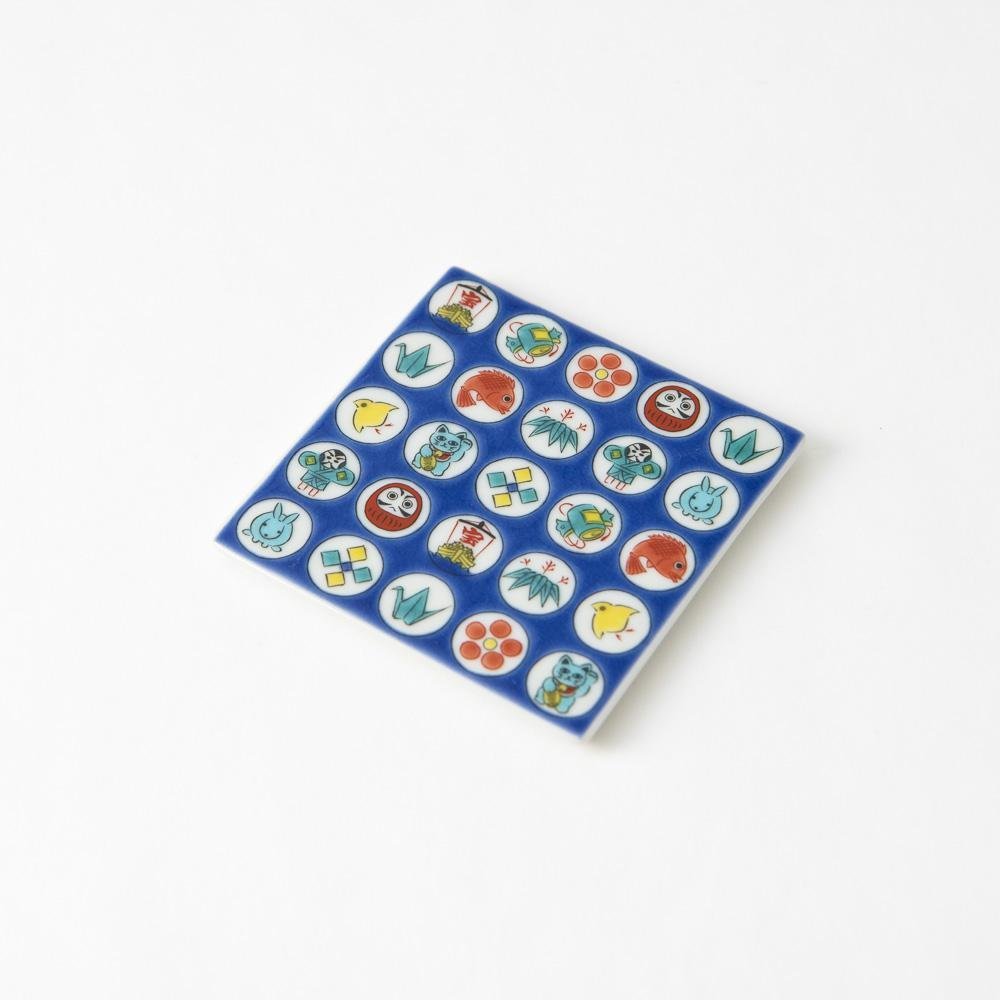
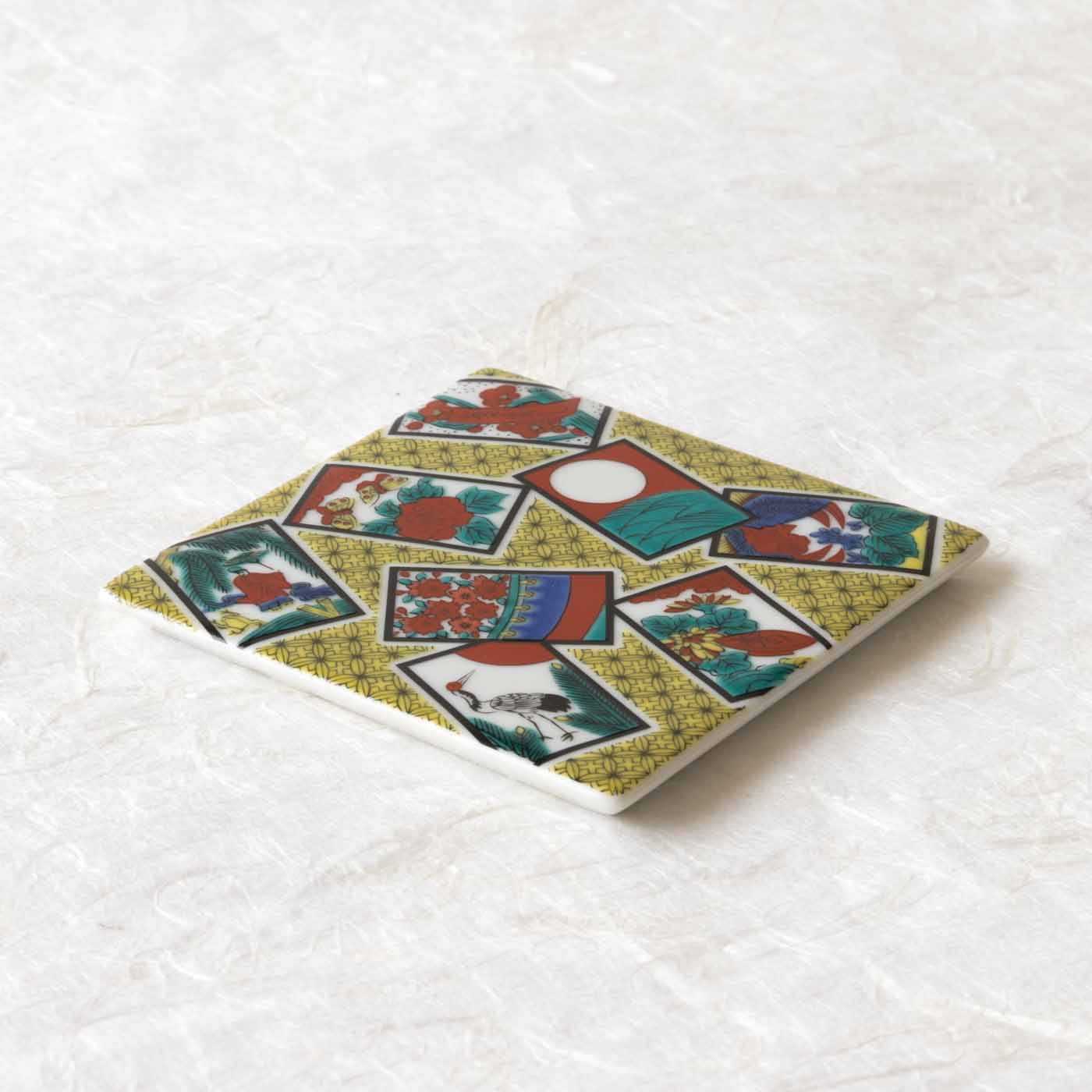
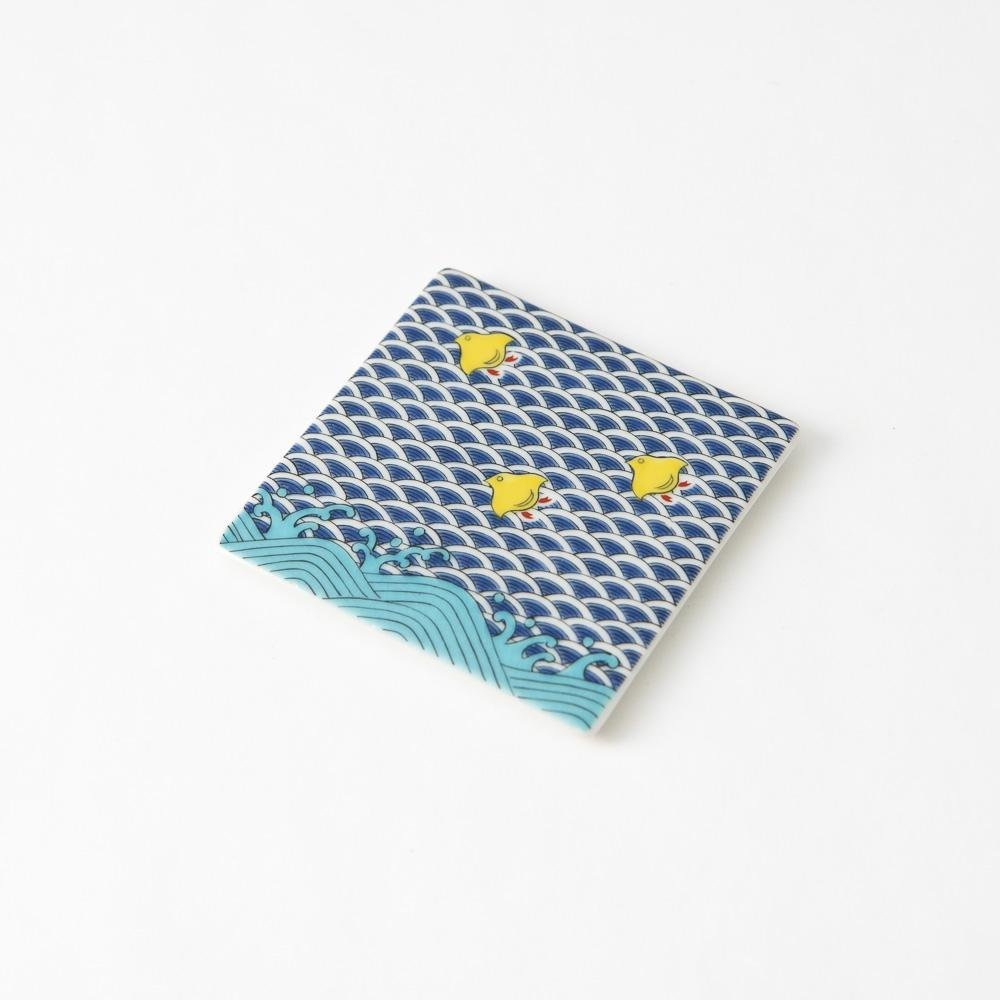
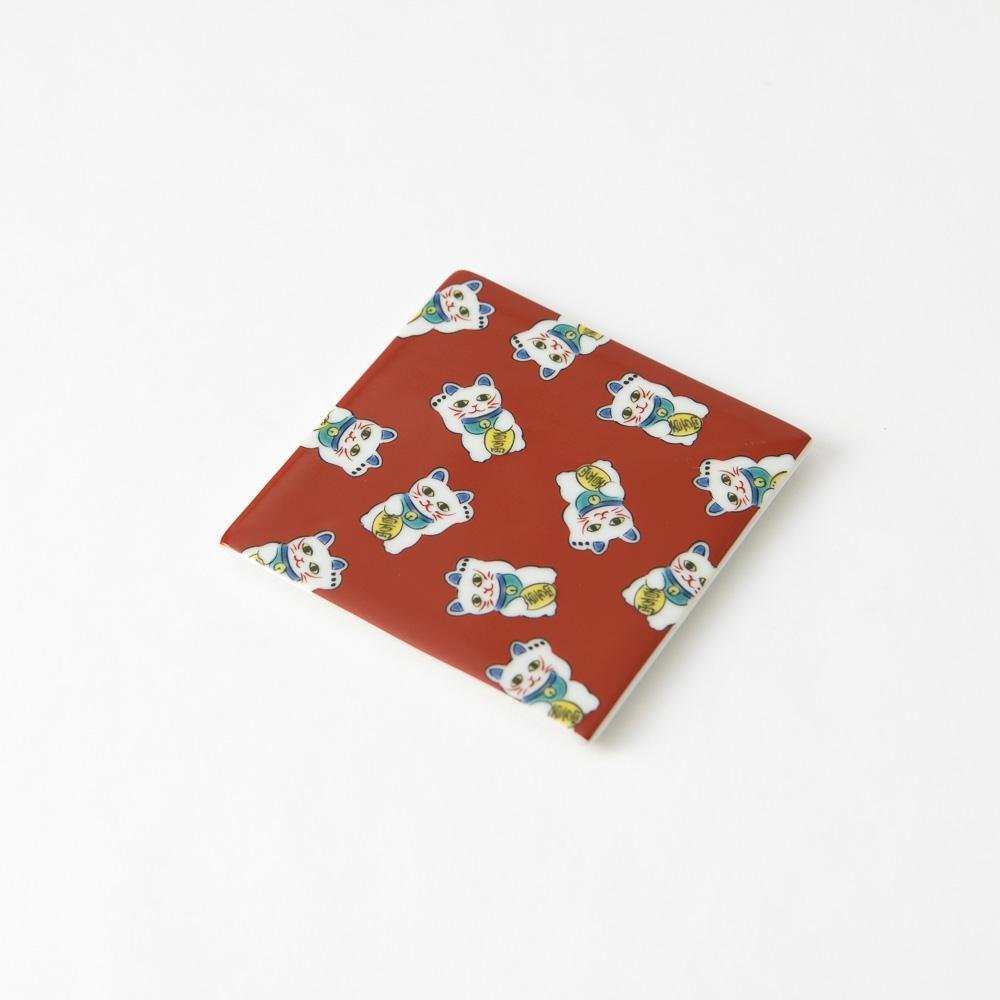
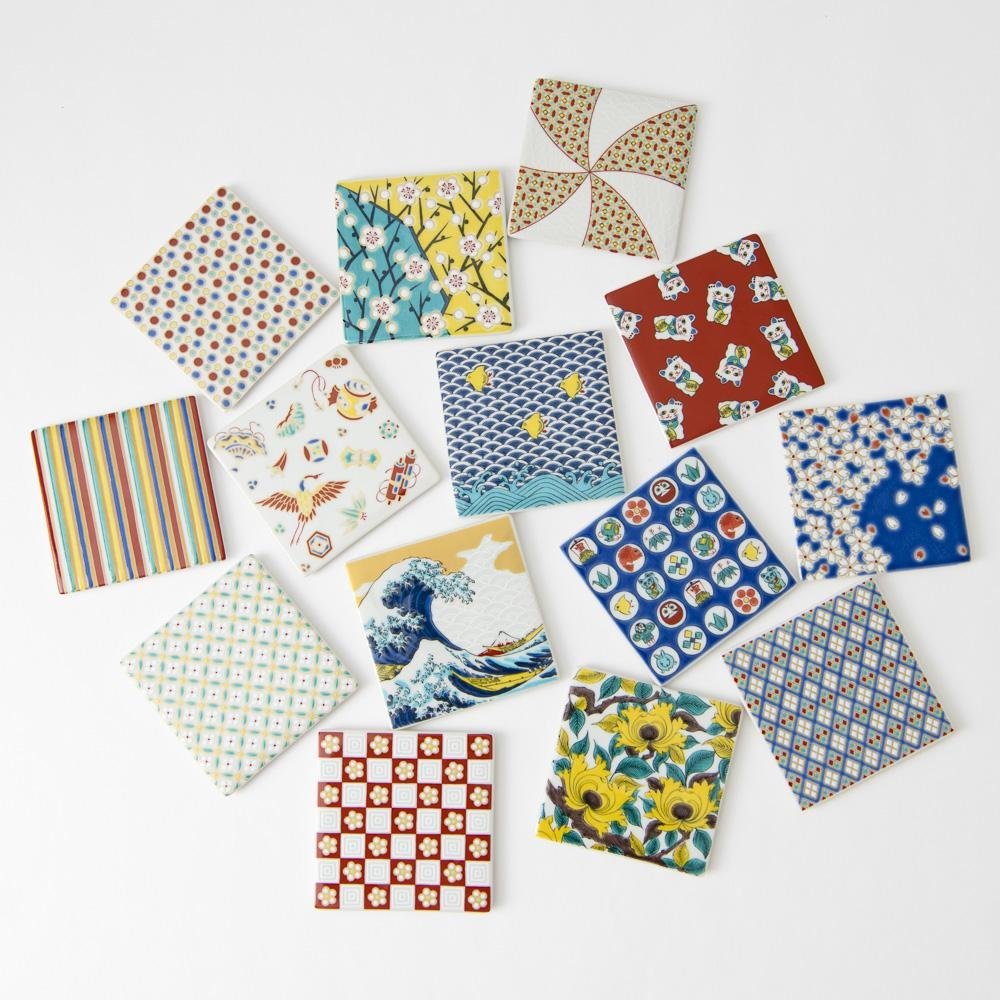
Kutani Colors Coaster
Estimated Shipping Widget will be displayed here!
Choose from a stunning variety of Kutani motifs, each competing for your attention with vivid colors and dynamic designs. Each Japanese coaster features different motifs and patterns such as Ko-Kutani, Japanese patterns, and ukiyo-e. Easy to use and store, these coasters are the perfect way to incorporate traditional Japanese art into your table setting. They also boast a glossy surface painted with Japanese paints called wa-enogu.
Tile coasters are not only beautiful to look at, they are also water resistant and long lasting.
A perfect gift for those who like Japan or traditional art and crafts.
DETAILS
| Quantity |
1 |
| Size | 9 cm (3.5 in) x 9 cm (3.5 in) |
| Material | Porcelain |
| Microwave | Yes |
| Dishwasher | Yes |
Maker / Brand
Seikou Kiln, founded in the early Taisho era (1912–1926 CE) in Nomi City, Ishikawa Prefecture, has long been dedicated to the art of Japanese overglaze painting for Kutani ware. Through years of research, the kiln perfected a high-quality technique for transferring designs and patterns using in-house printed sheets. This method preserves the transparency of glassy glazes and the depth of thick overglaze paints, achieving the same richness as traditional hand-painting. Their work has earned prestigious accolades, including recognition in the Japan Tourism Agency's Charming Japanese Souvenir Contest.
Crafts
Kutani ware is a pottery produced in the Kaga region of Ishikawa Prefecture and it has a history of over 350 years. It is characterized by the heavy brilliance of the five colors of green, yellow, red, purple, and navy blue that are applied to the bold and daring lines. Its long history has evolved through the tireless efforts and enthusiasm of people who have sought innovation while maintaining tradition.
The beauty of the various styles and methods of painting is known as "Japan Kutani" and is highly regarded around the world.
Choose options
































Coasters
Coasters not only prevent condensation and drips from damaging wooden surfaces but also add atmosphere and charm to a dining or coffee table. Choose from various materials and styles, including uniquely Japanese tatami, vivacious ceramic, and rich lacquerware, to perfectly complement your aesthetic and decor.
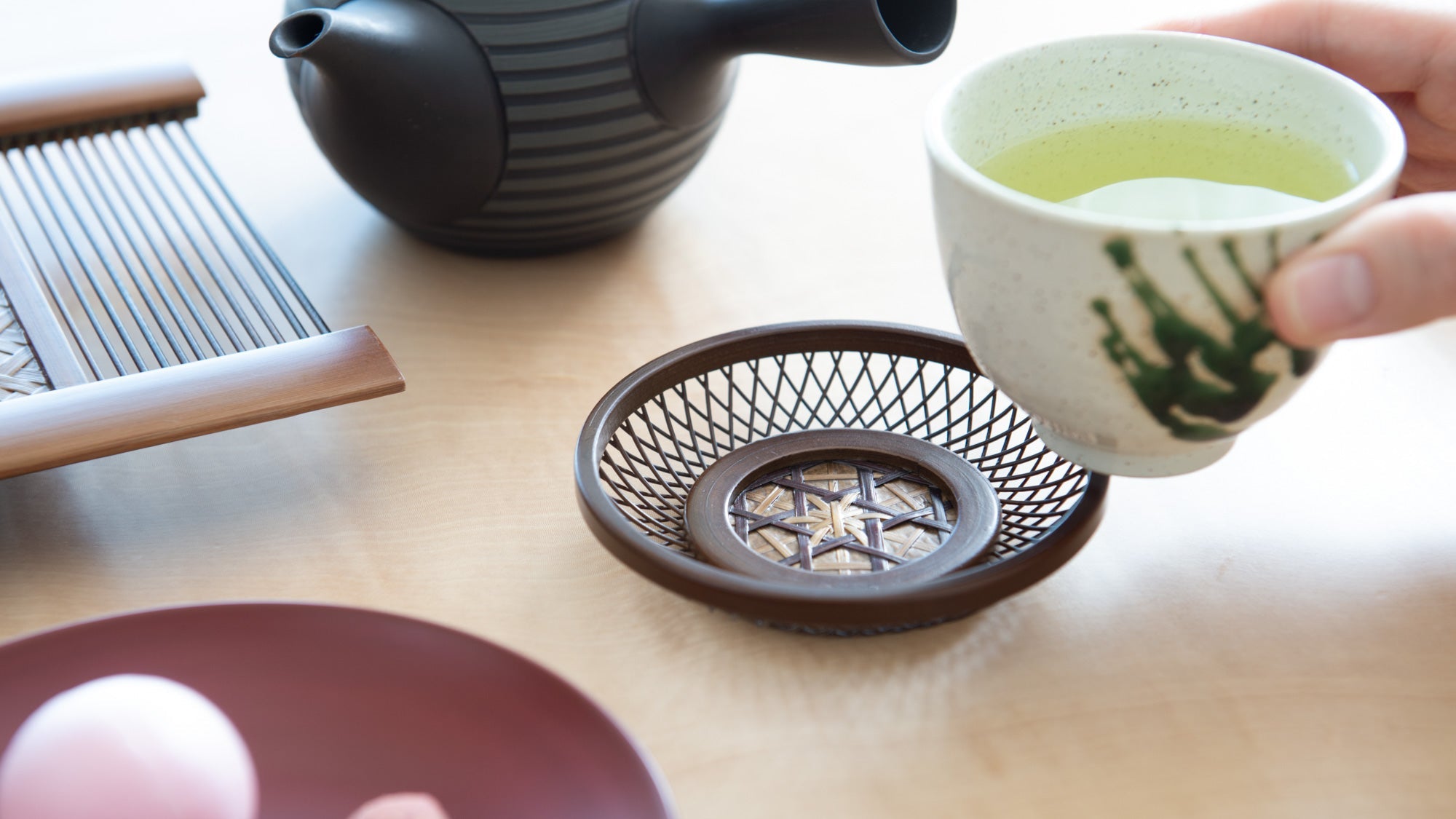
Best Wedding Gifts: 11 Traditional Japanese Items to Delight Every Couple
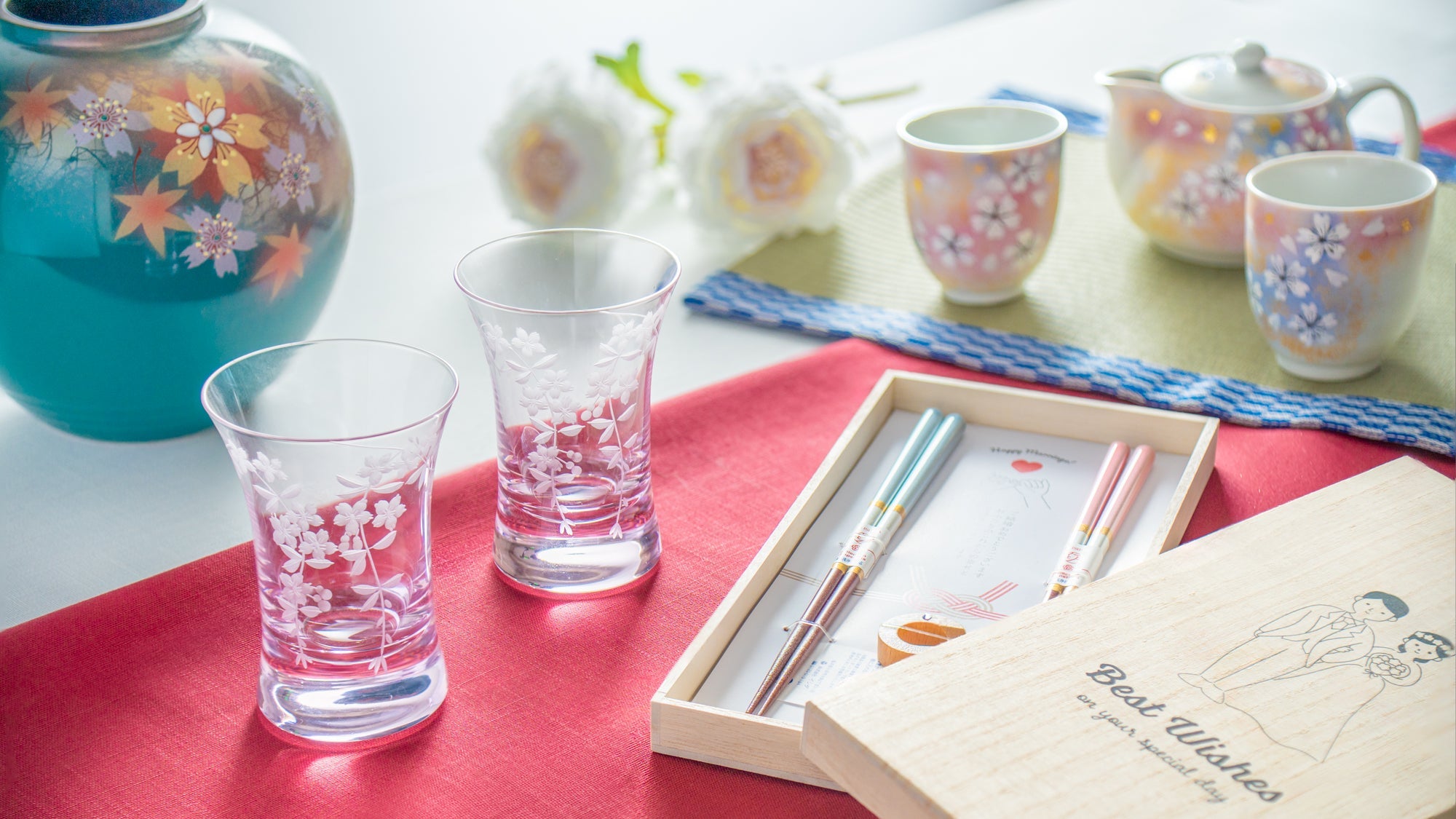
Teishoku Style Lunch for Two with Arita Porcelain Lab Japan Series for Autumn
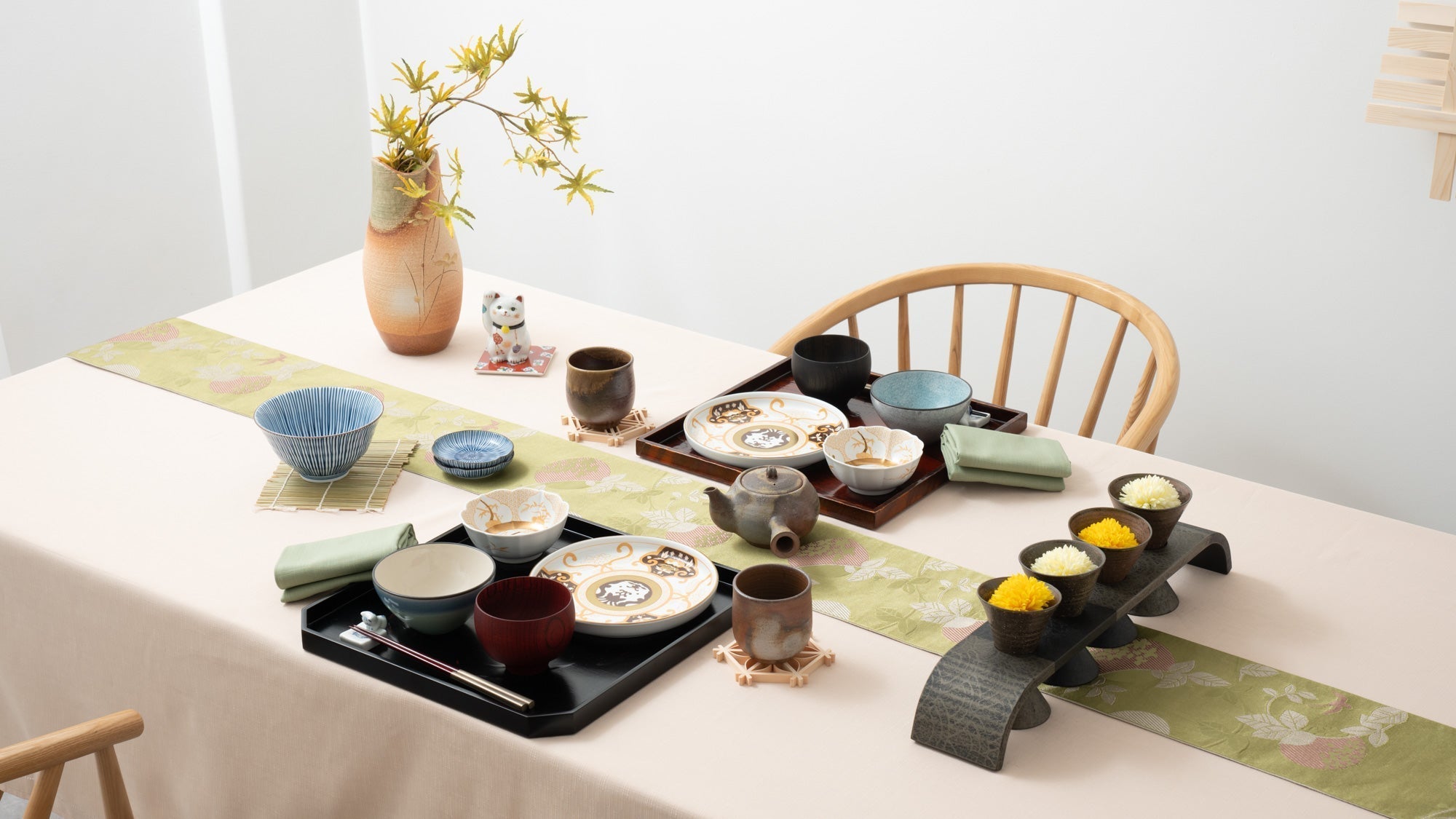
Relaxing Time With Freshly Prepared Oden And Japanese Sake
